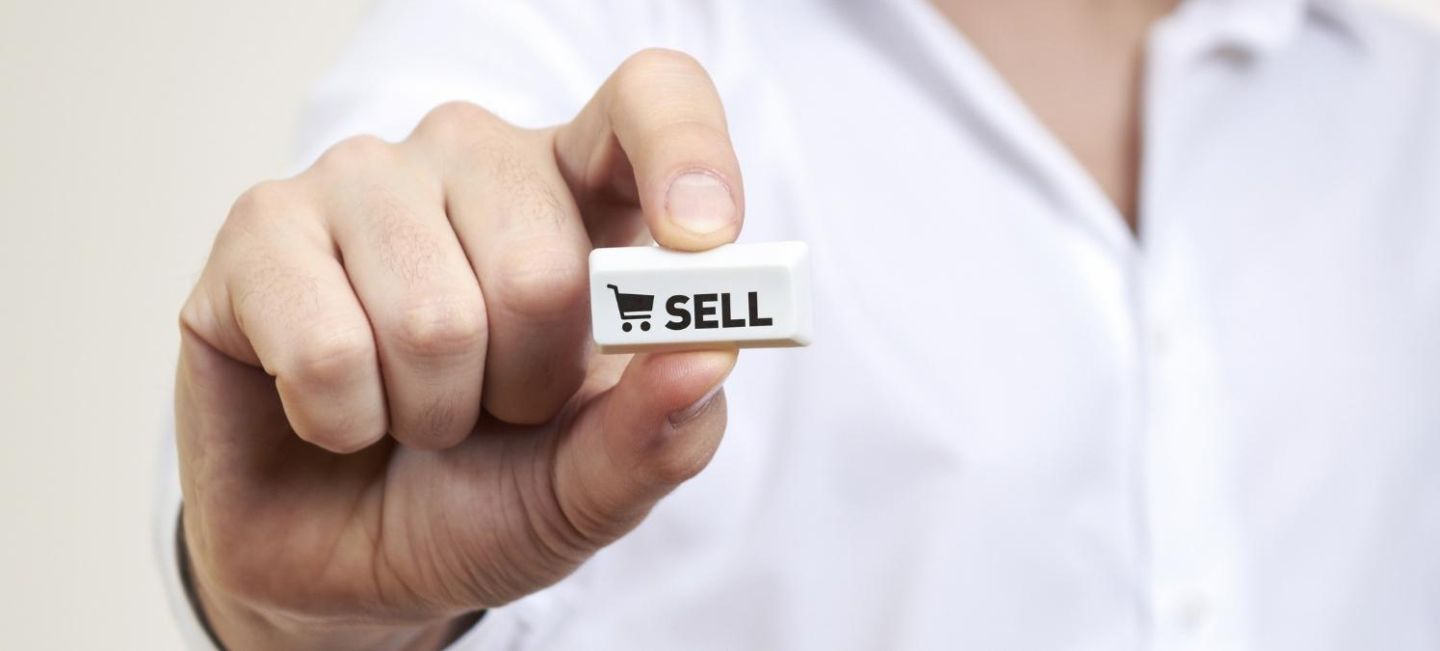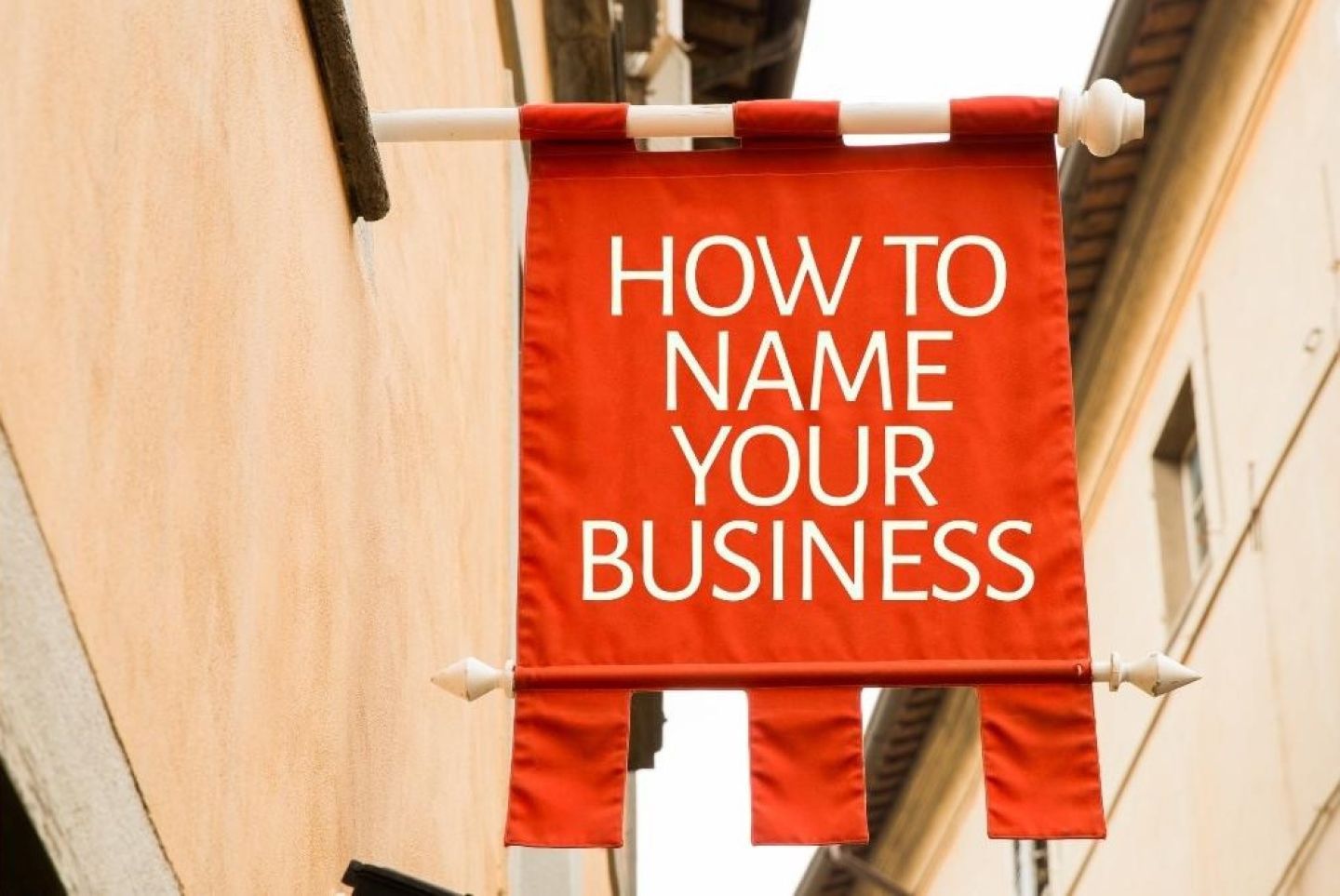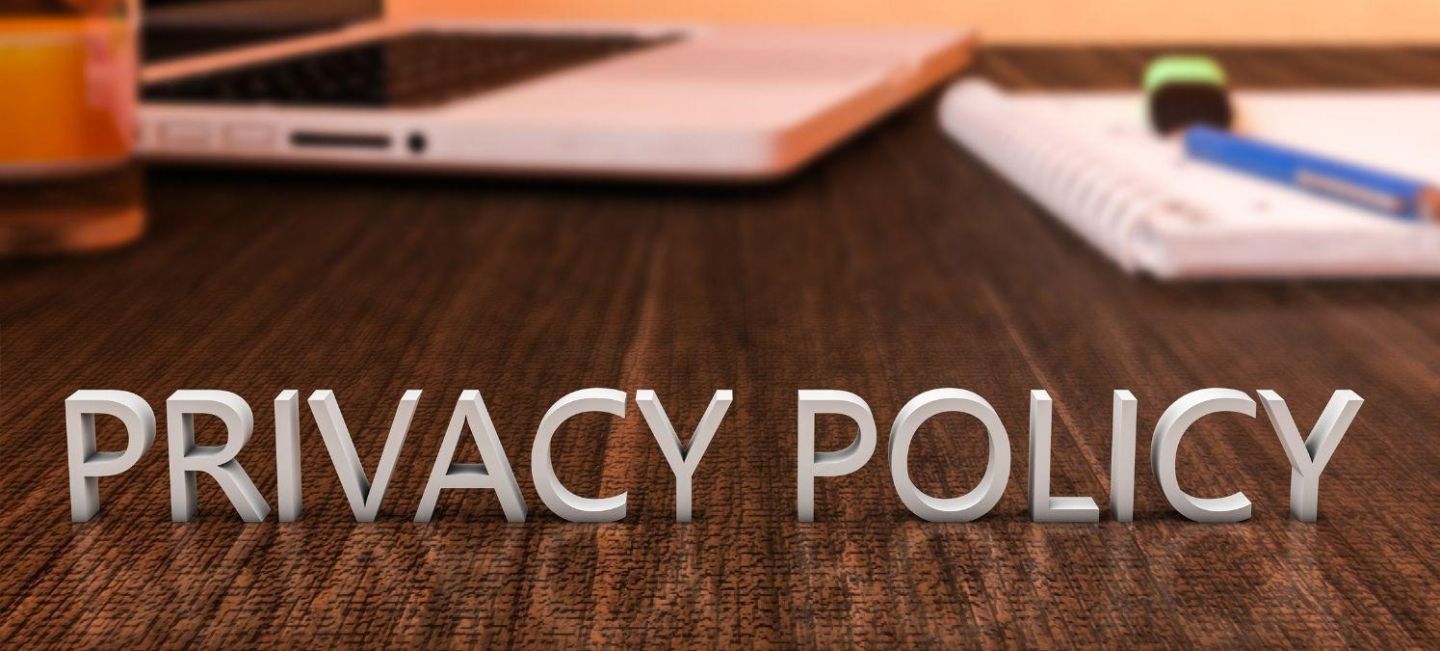
Our dropship tool integrates with Shopify and Woo-Commerce stores and automates your entire dropshipping business!
Get StartedWith the advent of e-commerce, we are living in a time where it is easier than ever to start your own business. Yet with so many options out there, it can be difficult to choose the best way to get started with an online business. Thankfully, we can always opt for dropshipping.
Dropshipping is one of the easiest ways for someone without any inventory or prior experience to create their own store online. It's a pretty lucrative way to earn, as is highlighted in our article on how you can make money from dropshipping.
Interested? I bet you are.
This article will show you how to set up your store and will also provide details on what you need before getting started. We’ll cover everything from deciding what to sell, up to all the practical steps on building your eCommerce store. Let’s get started!
Before setting up your store, you need to determine what you intend to sell first. It’s important to know this first because the name of your business may actually depend on it. If you want to put up a generic store, selling almost anything under the sun, then it’s fine to skip this step.
But if you don’t want to be a “generic” online store that competes with huge online megastores like Amazon, then you’d have to narrow it down to a specific niche or category. A niche is a seller-defined category within an overall market. In other words, it’s the subset of products that fall under one product category.
For example, if your store only deals in video games and gaming accessories for PlayStation consoles, then you may have just defined your own little niche. You see, there are already stores offering video games and gaming-related products, but what makes yours unique is its specific focus on PS games alone.
Now when picking your niche, you have two options:
The first one involves thinking hard about your interests, your hobbies, and more. The latter involves doing some research.
A few of the tools you can use to research best-selling products are as follows:
There are so many products to choose from. But aside from choosing items based on how popular they are, how high the profit margin may be, and how many pieces were sold in the past, here are some golden rules when choosing items to sell on your store:
1. Encourage impulse purchases
Find products you can buy for $4 and sell for around $15-20. Customers tend to think a lot before buying expensive products, but for products within this price range, they are likely to purchase the product on impulse. You can sell these products at a great markup!
2. Don't choose heavy products
You already know that heavier items have higher shipping rates, and that will greatly increase the cost of your products, at least in the eyes of the customer. Once the customers see the high shipping costs upon checkout, many of them will surely beg off, leading to cart abandonment.
3. Don't choose fragile items
While dropshipping manufacturers usually pack their products nicely, some products require extra care when handling. You may have to pay extra for better packaging just to be sure the product arrives nicely.
And even if the item was packed properly, there is still a chance that the product will break. When this happens, you either need to provide a refund or send a replacement. Whichever way, you’ll have an unhappy customer, and you’ll be on the losing end.
4. Avoid all branded products
This goes without saying, but I will say it anyway: stay away from branded products that will make you more susceptible to copyright claims and other legalities that might come up. It may be tempting to sell them because of their inherent popularity, but it’s not worth the risk of inevitably losing your business.
Now that you have a niche and marketing strategy in place, the next step is to create your store name.
Here are some pointers you can follow when creating a store name:
The key to creating a store name is to not overthink it. Some people get paralyzed by this step, not realizing that sometimes, it doesn’t matter as much as they thought it would.
Your store needs a logo that will represent what you are selling. Remember some people may buy from you because they like your style!
If you want to keep it simple, just add your initials or an icon of the product in question.
Your logo starts to become your brand as you build out a successful business. If you have graphic design skills, you could create your own logo.
If that's not the case, there are two other ways to get your logo for cheap or free:
The domain name is the base URL of your website. For example, the URL https://www.WilsonGuitars.com, the domain name is WilsonGuitars.com. It is the address that people can type into their web browser to find what you're selling. At the same time, it is a name that represents your business.
Here are some tips to choosing a domain name:
Domain names don't cost much. If it’s unique and no one has had any interest in it in the past, it should cost somewhere around $12 to $25, depending on your domain registrar of choice and the TLD type.
Sign-up for a Shopify account first. Shopify is a hosted eCommerce platform that lets you set up your online store with just a few clicks. You can opt for the 14-day trial version to test their features and capabilities.
What's great about Shopify is that it offers solutions according to different types of stores, from small businesses (Basic Shopify plan) to large corporations (Advanced Shopify plan).
You can begin by using Basic Shopify Plan because all you need to get started are just some essential tools to help you get your business up and sell items online. It is more than enough for your needs.
Once you have purchased a Shopify plan, you can start setting up the basics of your online store, even when you don’t have products to display yet. These are some of the pages that you should set up before you even start selling.
Who are you? Who are the people behind the business?
You need to tell your potential customers about you and why they should buy from you. You want them to feel confident in their purchase, just like what you would want when buying something from someone you don’t know.
Tell them a little bit about the company or your story. It is important because you want to make your customers feel like they're not just buying from a faceless company.
What makes your brand stand out from the rest? Why should they choose you?
Take some time to fill out the necessary information on your 'About Us’ page. This can also be a good place to add a link for customer service or any other contact info that you may need.
Some businesses might leave the contacts at the ‘About us’ page but we recommend adding a ‘Contact Us’ page. On the ‘Contact’ page, give all the necessary information for your customers to reach you. This includes phone, email, and even a live chat.
Don't forget to add links to your Facebook, Twitter, Instagram, and other social media profiles you have. It’s ok if you don’t have these yet; you can set them up later and add them to your website.
It doesn't matter how awesome your store or products are; you're not going to have a successful business if people can't trust that they'll get what they paid for. Many stores neglect the refund policy, but this is essential in building customer trust. Don't be afraid to list your store's policies up front so customers don't feel like there was some sort of catch or trick.
There will inevitably be customers that want to return an item. This will be a headache and inconvenience for you, but it is also good customer service so make sure that your policy reflects this! You need to offer the ability for customers to easily contact you to get their refund.
What if they change their mind about an item?
How do returns work or exchanges get handled?
Your customer needs to be aware of these things, so you need to spell them out clearly in detail! Since you are building a dropshipping store, it is recommended that you mention that you don't accept returns, but the customer can ask for a full refund.
Now, this one you have to outline clearly. What qualifies for a refund?
You can add more later one based on experience.
Now, this process has two major advantages. First of all, you don't have to deal with any kind of return. Therefore, you don't need a return center or even somebody to deal with questions or whatever it might be.
And secondly, by using this approach, we impress the customer. This is something that they wouldn't necessarily be expecting.
Ah, the fine print. They may be written in small letters, but they are as important as can be.
You want to make sure that customers know what they are getting into before they buy anything from your store. You need to include Terms & Conditions so people will be aware of their rights when purchasing items or services from your store.
These details should include information on what you will do if the product is damaged, broken, or lost; how long they have to return an item for a refund; and any other policies that might be relevant to customers when dealing with your site.
Just like you did with your Terms & Conditions, it is important to include a Privacy Policy.
This sets the customer at ease - they will know that their information is safe and confidential. You need to explain how you gather information from customers (name, email address), what type of information about them you keep on file and how it will be used in the future.
You should also mention what their rights are when it comes to using your site since there is a lot of competition out there.
This is a legal page that you are required to have if you want to run an online business that sells in the United States and in Europe.
***
Both the Terms & Conditions and the Privacy Policy pages are legal pages. So that you don’t make any mistakes, you can use legal page-makers, such as TermsFeed and Free Privacy Policy.
What we’ve discussed above are just some steps to get you started in this business. These elements above form the skeletal system of your dropshipping business. To actually get the online store running, you would have to understand what makes up the muscle of a dropshipping business.
Check out the article What You Need to Jumpstart a Dropshipping Business so that you can move to the next aspect of this online business.
Tags
Receive top converting landing pages in your inbox every week from us.
None
Dropship businesses are booming in TikTok! Learn how to find dropship ads and products that work in 2024.
Jairene Cruz
7 minJul 11, 2024
None
Let's delve deep into the ins and outs of TikTok dropshipping, unravel its potential, and explore why it has quickly become the go-to marketing strategy for countless successful businesses.
Jairene Cruz
7 minMar 19, 2024
None
Running out of ideas for products to sell in your dropship store in 2023? We've got you covered!
Jairene Cruz
7 minMay 2, 2023










